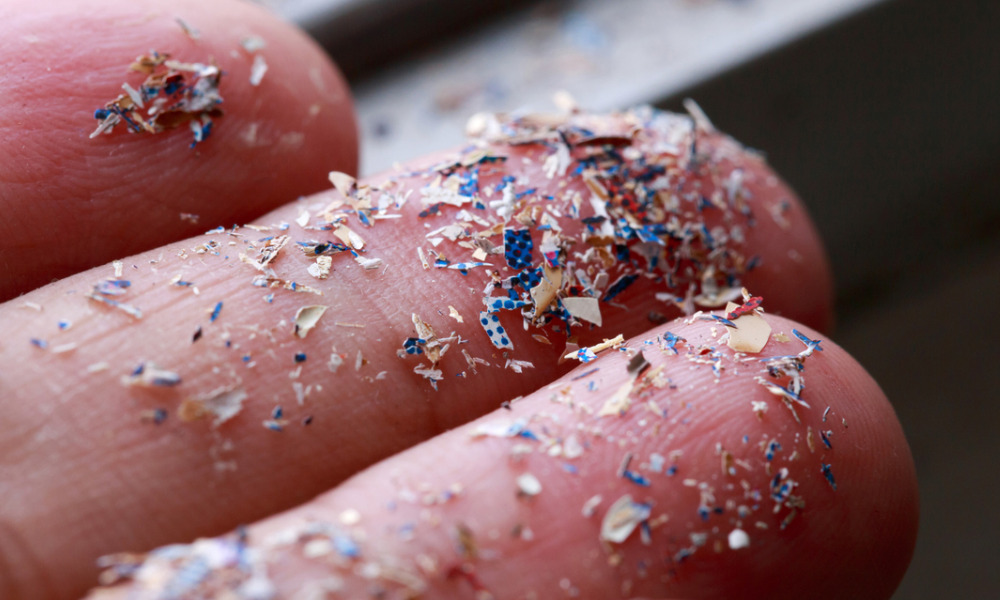Dr. Matsunami is assistant professor, Department of Molecular Genetics and Microbiology, Duke University Medical Center. Dr. Zhuang is assistant professor, Department of Pathophysiology, Shanghai Jiao Tong University School of Medicine.
The sense of smell is vital to humans and other animals, and it makes life more interesting. It forms most of what we think of as our sense of taste. It helps in identifying food, predators, mating partners and poisonous substances. In humans in particular, the sense of smell allows us to enjoy meals, detect gas leaks and even analyze the body odor of others. Studies indicate that it plays a strong role in sexual attraction. The mammalian olfactory system is a wonder; it can detect and distinguish between many thousands of individual odors.
All mammals, including humans, have evolved the ability to distinguish extremely small differences in the structure of various chemicals. In addition, the olfactory system may perceive the same molecules as having a different smell at different concentrations. For example, some perfume ingredients are perceived as very pleasant at low concentrations but very unpleasant at higher concentrations. An interesting feature of the sense of smell is that it is the only one of the five senses in which there is direct contact between cells that receive the stimuli and nerve cells in the brain. This may well be part of the reason why smells produce such vivid reactions in the brain and why, for example, smells seem to have such a great power to stimulate memory.Some perfume ingredients are perceived as very pleasant at low concentrations but very unpleasant at higher concentrations.
How Smell Works
Smell, or olfaction, begins in what are called odorant receptors (ORs); these are located in the olfactory sensory neurons (OSNs) of the main olfactory epithelium. The olfactory epithelium is an area of tissue inside the nasal cavity. In humans, it measures about 1 inch wide by 2 inches and is located about 3 inches above and behind the nostrils. The number of ORs in a given species is genetically determined. There are approximately 400 OR genes in human. There are more than 1000 OR genes in mice. This is probably the reason why mice can distinguish more odors in the environment than humans. ORs operate in a way similar to the specialized plugs at the ends of electronic cables. When certain substances from outside the body encounter an OR that they can "plug into," a reaction begins that results in the brain perceiving a certain smell. If no matching OR exists, then the molecule will not register as a smell. Mice, with the 1000 OR genes, would have many more sites for outside substances to plug into to register a smell.
Smell and Evolution
In humans and other mammals, the number and type of ORs are undergoing rapid evolutionary change.
Studies of the genome sequences of vertebrate species have shown that odorant receptors can be divided into two classes: class I ORs and class II ORs. While the vast majority of odorant receptors in fish belong to class I, a majority of mammalian OR genes belong to class II, with the rest belonging to class I. This suggests that some ancient fish ORs have survived in mammals. Class I ORs in mammals might have evolved to recognize water-soluble compounds, while class II ORs are for other types of compounds.
The human OR repertoire is shrinking. Today, mice have 2.7 times as many functional OR genes as humans.
Smell and the Individual
Individual differences in the perception of various odors are common. For example, the smell of cilantro is perceived by some to be pleasing and fresh, while others find it soapy and unpleasant. Musk odors are similarly perceived as animal-like, sweet or odorless. Some people cannot detect mercaptan, the compound used to give a smell to liquid propane gas and warn of gas leaks. One of the most striking examples of variability in smell perception is that of the sex steroid-derived odor, androstenone, which is variously perceived by different individuals as offensive ("sweaty, urinous"), pleasant ("sweet, floral") or odorless.
While culture and upbringing can color sensory experiences and influence an individual to find a given odor pleasant or unpleasant, there is evidence that culture or previous association does not explain everything. Observations of very young infants show differences in how much attention they pay to different smells, suggesting that there is an innate predisposition for our responses to at least some odors.
Disorders of the Sense of Smell
Anosmia means an impaired sense of smell. In what is called "specific anosmia," a person with an otherwise intact sense of smell is unable to detect a particular odor. By contrast, general anosmia is the loss of all olfactory sensation. Most cases of general anosmia are caused by neurodegenerative disorders or traumatic brain injury.
Androstenone is one of the most thoroughly studied examples of specific anosmia. It is known that while many adults cannot detect this odor at all, others are exquisitely sensitive to it. Androstenone is a steroid that is also considered to be a pheromone, a chemical that modifies sexual and other innate behavior in the same species. It is found in high concentrations in the saliva of male pigs and induces a receptive mating stance in females that are in heat. It is also present in human saliva, sweat and urine. Approximately 30% of all adults suffer from specific anosmia for androstenone; that is, they are completely unable to smell it.
Research and Future Applications
Recent research advances seem likely to produce exciting practical and commercial applications based on olfactory research. The U.S. market for scented personal and household products such as perfumes and laundry detergents is well over $20 billion. By matching odorants to particular receptors and improving our understanding of how we smell, two new fields will emerge: olfactory pharmacology and olfactory pharmacogenetics.
Olfactory pharmacology would allow for the precise creation or masking of any scent. For example, of the discovery that an odorant receptor called OR7D4 is an androstenone receptor could lead to the identification of compounds that either block or activate this receptor. Since androstenone and related steroidal chemicals contribute to human body odor and have been implicated in modulating mood in humans, these compounds may be used to create commercial products that change mood or enhance sexual attraction. Similarly, in agriculture, these kinds of compounds could be useful by controlling animal mating behaviors; for example, androstenone is known to function as a pheromone in pigs. Olfactory pharmacology would, therefore, have far-reaching implications for both commercial and health-related fields, enabling the creation or enhancement of pleasant odors and the suppression of noxious ones (such as blocking the scent of litter boxes, dog kennels, or cow barns).
In the world of consumer products, a phenotype could be viewed as the equivalent of a market segment. One market segment, for example, would be made up of people who love musk but dislike the smell of roses. This kind of information may allow manufacturers to target their products and marketing efforts to specific populations.
At present, perfumes and household fragrances are formulated without regard to individual differences in smell perception. However, olfactory pharmacogenetics could be exploited to formulate scents with a predictable percept by humans of different genotypes. Segmentation of the scented products market (i.e., customized scents by genotype) could lead to a worldwide renewal and expansion of the fragrance industry by increasing the numbers of people who find perfumes pleasant.
Another area of application would be in genetic testing for specific anosmias to identify people at risk for deficits in smelling dangerous compounds such as the scent of a fire or a leaking gas stove. A genetic test would be easier to administer than a battery of olfactory psychophysics tests and would serve as an early warning and detection system for specific anosmics so that monitoring devices can be installed in their homes.
We can be sure that, as the sequencing of individual human genome is becoming more and more affordable, both olfaction researchers and fragrance marketers will be able to decipher the human "olfactome" and create a genetic profile of each individual's olfactory sensibility.




